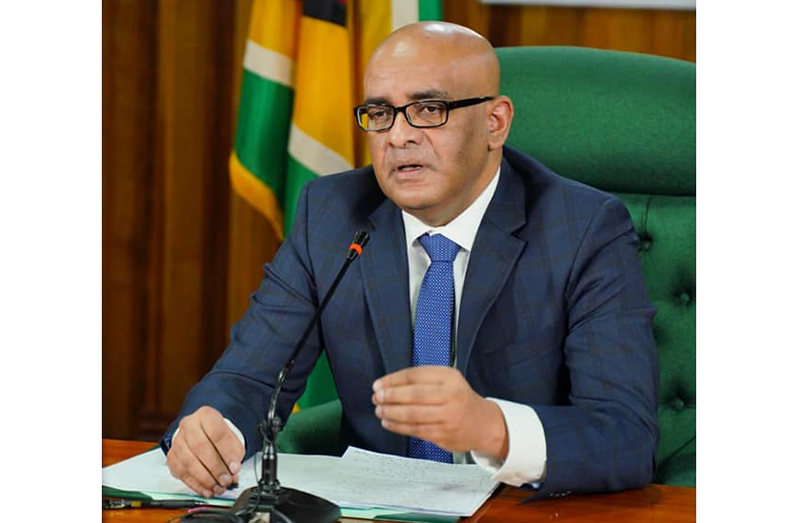MONEY earned during the last People’s Progressive Party/Civic (PPP/C) administration from the Guyana REDD+ Investment Fund with Norway will be used to install large-scale solar power farms in Linden and Essequibo.
This was disclosed by Vice-President (VP), Dr. Bharrat Jagdeo during a press conference at the Arthur Chung Conference Centre on Tuesday.
“Essequibo currently is 6MW of power, that’s peak, so we have to decide a solar unit, maybe of 6 to 8MW in Essequibo. Linden uses about 12 MW now; we have to decide maybe between 12 to 15 MW. But those two systems are being designed now … a huge solar farm for Linden and a huge solar farm for Essequibo whilst we’re still looking at the other areas for improvement,” the Vice-President said.
Jagdeo noted that energy is crucial to Guyana’s development and there would be a major advancement in that area this year.
However, he said “solar is not baseload, because unless you have battery storage, which is very expensive then it becomes baseload, so we are trying to put in a small amount of storage so we don’t have to keep the spinning reserves and then using solar in an energy mix with gas and hydro as the key sources of generating power in the future.”
Even as work gets underway on those large projects, he noted there has been movement on smaller renewable energy projects to boost the country’s energy mix.
Dr. Jagdeo said many of them have already been tendered and are awaiting construction. These would be for areas not connected to the national power grid such as Bartica, Lethem and the Essequibo islands, Wakenaam and Leguan.
Those projects include several small solar farms. Additionally, a contract has already been approved for hydropower in Kumu Village in Region Nine.
Jagdeo said that the price paid by Guyana for kilowatt per hour of electricity could be reduced by about 80 per cent when the proposed gas-to-energy project comes on stream.
Preliminary estimates, as outlined by the Vice-President show that Guyana could pay as low as six to seven cents per kilowatt of power depending on the structure of financing and the ownership of this project. This project forms a major part of the new PPP/C Government’s plan to reduce the overall cost of energy by 50 per cent through an energy mix, which includes the conversion of natural gas from ExxonMobil’s offshore operations to electricity.
Contrary to the perception that oil and gas will be detrimental to the environment, the Government believes that gas-to-energy will go a long way in ensuring that there is clean energy, because there will be no more burning of diesel, or ‘Bonasika’ fuel, which is heavy.
The Government had signalled that it intends to complete the US$840 million Amaila Falls Hydropower Project it had initiated before 2015 but which the APNU+AFC had discontinued.
Another hydropower project, a $450M plant at Kato, Region Eight, was being reviewed in light of several contractor breaches.
The Government envisions that it will provide more than 400MW of newly-installed capacity for residential and commercial industrial users over the period 2020 to 2025.
Prime Minister, Brigadier (ret’d) Mark Phillips whose portfolio covers energy had noted that Government is committed to providing stable and reliable energy for both domestic and commercial purposes with the aim of reducing cost by at least 50 per cent over the next five years.
The Prime Minister had said that the Government will take urgent action to improve and upgrade the transmission and distribution of energy.



.jpg)









